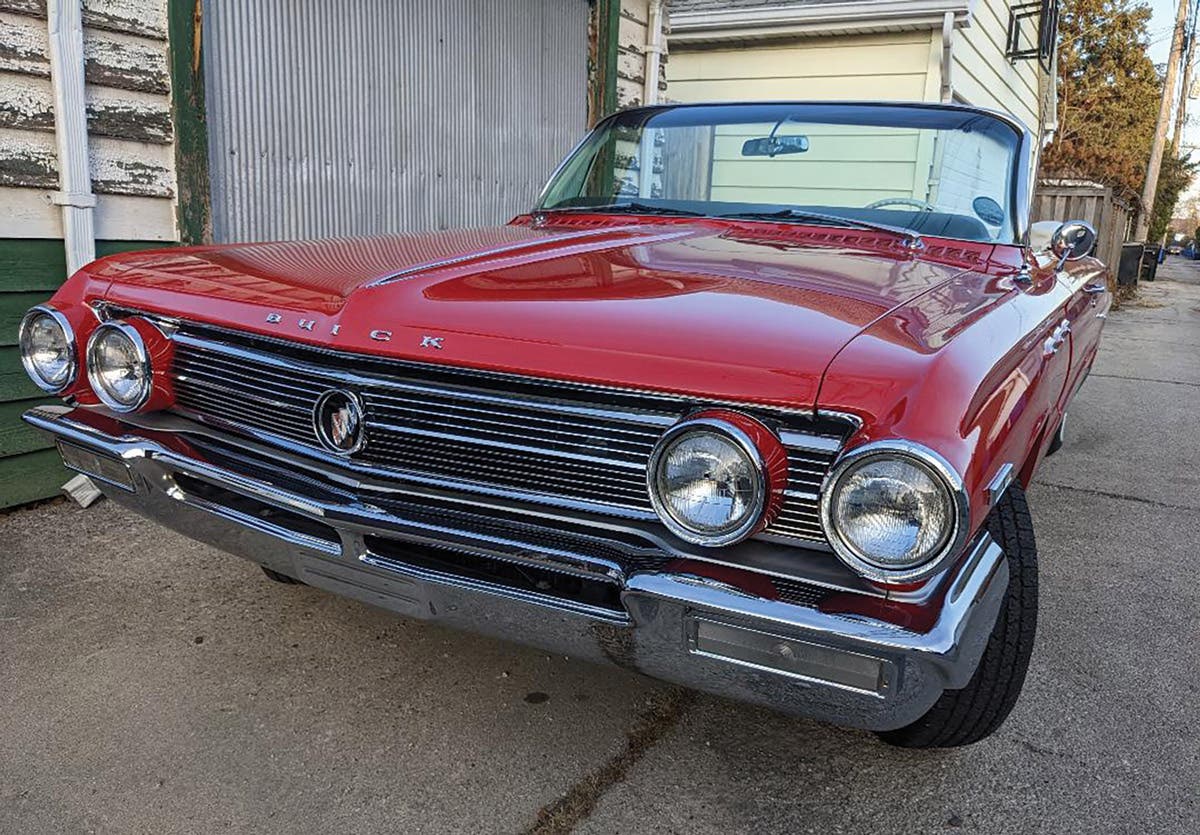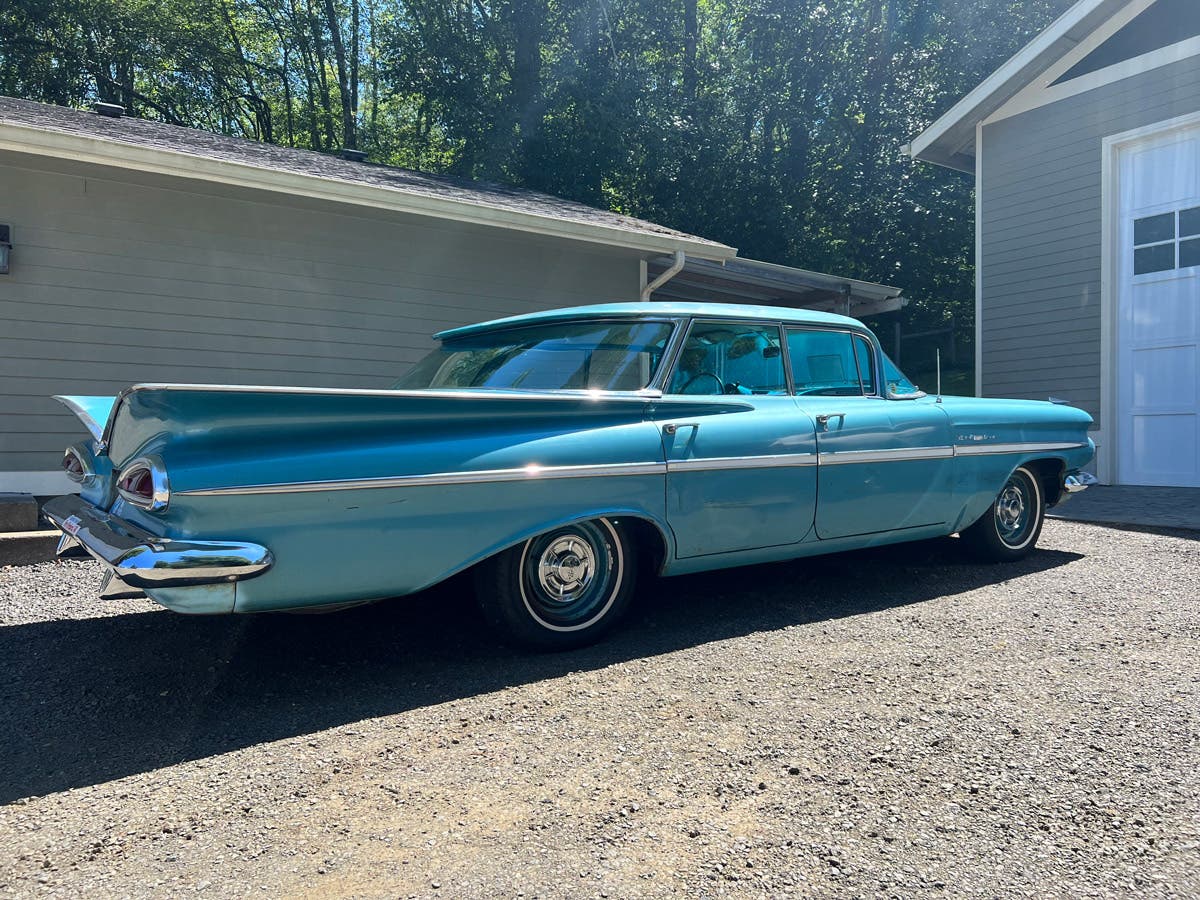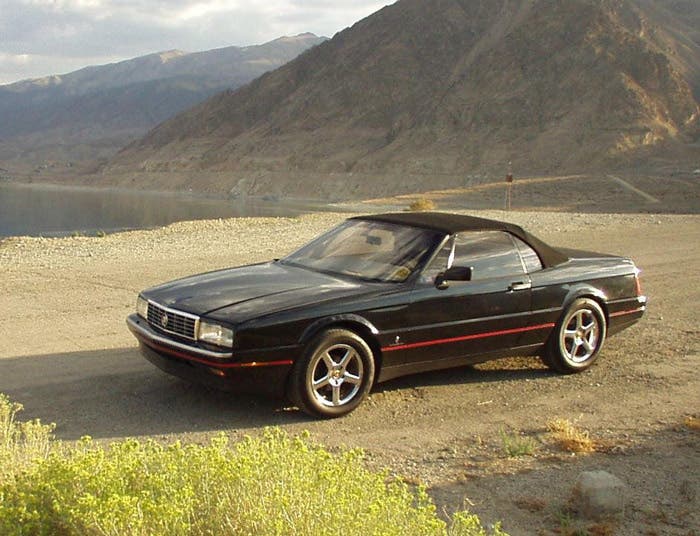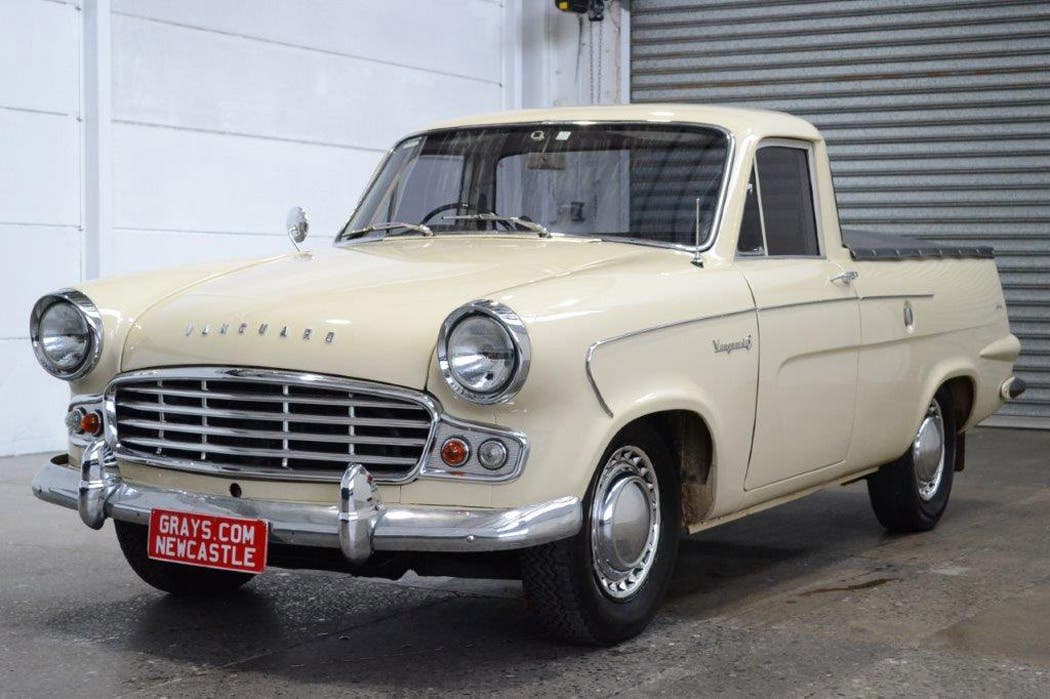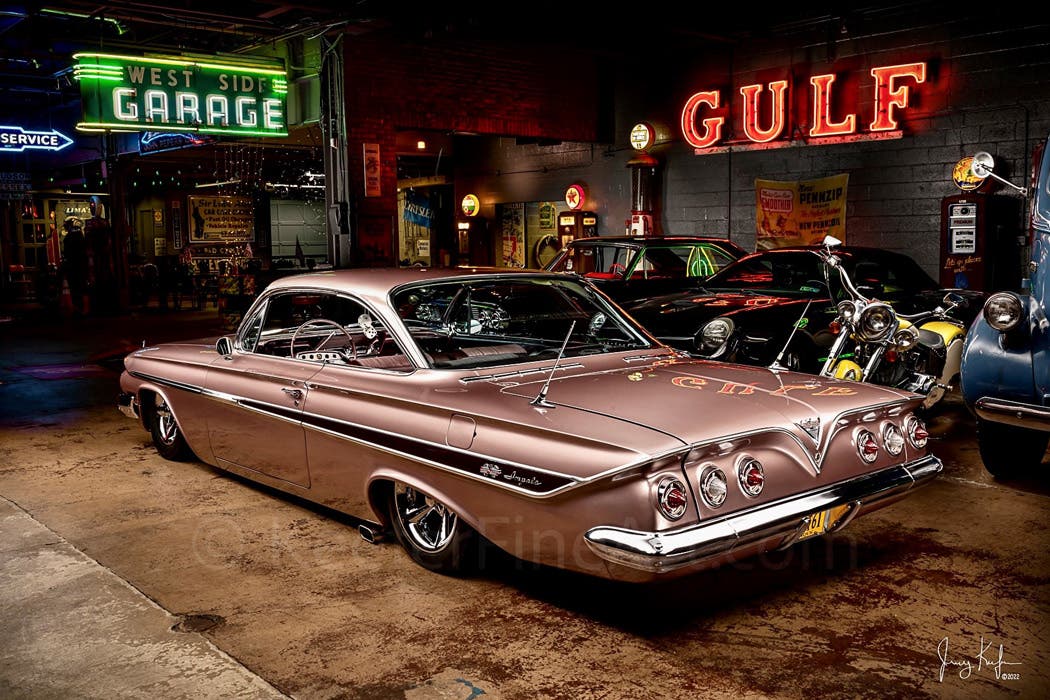When opportunity knocked, this car collector answered
This all-original, all-Super Bee survivor was an unexpected discovery for a Delaware, Ohio collector.
So it was one day back in 1988. This time, opportunity came knocking in the form of a 17-year-old boy who had come to tell him about his grandparents’ old car.
“He said, ‘I notice you like old cars,’” Varner recalls the teenager saying, and from there he explained that the car was for sale, and that his grandmother didn’t want to advertise it in the newspaper. “She didn’t want to have to deal with people coming to look at it.”
Varner enjoyed buying and selling nice old cars as a hobby and often had them sitting around his yard for sale. “Mostly 1960s,” he says. “As a teenager growing up, I just loved the body style. It was a great time to grow up with cars.” So, out of curiosity, the next day he called the grandmother. “She didn’t know much about the car,” Varner says, but in their conversation, he learned that it was a 1969 Dodge Coronet with hood scoops and a stripe in back. “That’s all I needed to know,” he said. “I knew it was a Super Bee.”
The Super Bee was Dodge’s popular muscle car, first introduced in 1968 alongside Plymouth’s lower-priced muscle car, the Road Runner. It was especially popular with young men anxious for Friday nights to arrive. Most Super Bees were washed and shined for a night cruising to the drive-in for a hamburger and shake, then pranced off to a drag strip or a stretch of highway for a tire-burning good time to release some pent-up horsepower and hormones. Over time, they were used and abused. Most didn’t survive their owner’s youth. “95 percent of the demise of cars from that era were owned by young drivers who went out and raced them,” Varner says. “This one only survived because it had older first-owners.” Grandma’s husband was in his 50s when he brought the white Super Bee home from nearby Delaware Dodge.
During their ownership, the car was well cared for and driven sparingly. At the time of Varner’s purchase, within 36 hours of getting that fateful knock on the door, the car had 54,000 original miles on the odometer. Rust was non-existent, even in the rust-prone areas of the trunk and engine compartment. It remains that way in Varner’s care.
“Nothing has been changed,” he points out. “It’s all original. Nothing except the valve cover gaskets; they’ve been replaced, and that’s it.”
Part of the $4,200 purchase price Varner paid included the original window sticker. It shows that the Super Bee listed for $3,121 plus options for a total of $3,488.60. Listed as standard was its four-speed manual transmission, rear arm rests, vinyl trim, dual horns, a 383-cid four-barrel engine, red-streak tires, heavy-duty rear springs, heavy torsion bars, sway bar, heavy-duty shock absorbers, heavy duty drum brakes, a clock and its bumblebee stripe.
Extras included a TorqueFlite transmission, three-speed windshield wipers, undercoating and hood insulator pad, tachometer with clock, air scoop Ramcharger hood, an upgraded Music Master AM radio, power steering and 14-inch deluxe wheel covers.
The 1969 model varied little from its 1968 predecessor. Added features included the TorqueFlite automatic transmission, a wider bumblebee stripe, a “Scat Pack” badge on the grill and trunk, plus front fender engine call-outs.
Altogether, 27,800 Super Bees were produced in 1969, which included 166 powered with a Street Hemi V-8.
Unlike most of the cars Varner has owned over the years, the Super Bee has not been for sale. It’s “a keeper,” he says. And a constant reminder that one must always be prepared for an unexpected visit from opportunity.
Still clearly visible inside the trunk lid is the 'Red F70' tire code
(top left) indicating the red streak F70 tires (bottom left) that came
originally on the car. The bumblebee stripe on the trunk (top right) was
made wider on 1969 models. Inside the trunk (bottom right), the metal
is still rust-free.
ALSO IN DAN'S COLLECTION
Varner's Super Bee is a prime example of how he has come to own a stable of six low-mileage, show-quality cars. While some collectors spend years looking to find their dream cars Varner has only had to wait for them to find him. He is just one of those lucky guys who has developed a keen sense. “I can smell an old car in a garage just by walking past,” he says.
This 1964 Impala with 27,000 miles was Varner's first "keeper".
He developed that sense by buying and selling cars as a hobby. “Once, I bought a convertible, a 1966 LaSabre, for $600 and sold it for $900 and I was tickled,” he said. He had other sales throughout the years, owning up to 11 cars at one time. But not until his 1964 Impala came along in 1980 did he start to collect them. Like the first car he ever owned (a 1960 Chevy Impala two-door hardtop), the ’64 is white with red interior. He learned that the owner was in a nursing home and needed to sell it. The car was in immaculate condition, with just 27,000 original miles on the odometer, and it was love at first sight. He quickly purchased the car from the owner’s financial caretaker.
In 1988 came his 1969 Dodge Super Bee.
Varner's number 3 "keeper" was this 1975 Cadillac with 17,000 miles.
In 1995, a 1975 Cadillac Coupe deVille d’Elegance came into his life with 17,000 miles — literally owned by a little old lady who probably only drove it on Sundays. It arrived after a tip from his wife’s cousin, who is a car salesman in Van Wert, Ohio.
The number 4 keeper to come along was this 1987 Buick Grand
National with 59,000 miles.
Next to come along, in 2004, was a 1987 Buick Grand National that had seen only 59,000 miles. Like the Cadillac, it came as a tip from his wife’s cousin.
Number 5 "keeper" was a Buick Regal with 13,000 miles.
And in 2005, his 1987 Buick Regal with just 13,000 miles found him. “It was advertised in the newspaper,” Varner recalls. “It was a very cold weekend in winter, it was below zero, and I don’t think anyone wanted to go out in the cold to look at it, except some idiot.”
But, Varner is no idiot: he has the car.
Varner knows the lineage of each of his vehicles. In all cases he is either the second or third owner, and he knows the names of each proceeding owner. He also knows the dealerships where each of the cars was purchased.
Varner’s cars have not been expensive to purchase. Added up, he spent less than $35,000 for his first five. All five have been relative bargains in large part because of their age and the fact that the hobby is only beginning to show respect for original, untouched vehicles. “If they had a ding or a little bit of fading, judges didn’t like that,” Varner said. He sees it differently: “With a restored vehicle, you just don’t know what it looked like before it was restored, what was covered up; it could have been a rust bucket.”
Although his cars have taken a long time to garner respect in the hobby, Varner enjoys traveling to car shows to show them off. “People are just amazed to see them in such original condition,” he says. To keep mileage low, he usually attends only local shows, putting only 1,000 to 1,500 miles yearly on all of his cars combined.
It doesn’t bother Varner that not many shows offer judging classes for unrestored cars. “I’m not a trophy-prone person,” he says. “I don’t care about the trophy; I already own the trophy.”
The sixth car in Varner’s stable, a 1962 Impala 409 with 54,000 miles, is his most recent purchase. Unlike the others, however, it has seen some restoration, but like the others, it came to him with little effort. “It belonged to a friend and I told him if he wanted to sell it some day to let me know. Two weeks later, he contacted me,” he says.
His collection is outgrowing his available garage space, but Varner is not prepared to offer any guarantees on what turn his hobby will take next. Fortunately, his wife Gloria approves. “Everybody has to have a hobby,” she says. “He gets a lot of enjoyment out of it. And as I tell people, when we’re out together and he does a double take, I know he’s not looking at another woman.”
If you enjoy articles like these, get even more with a subscription to Old Cars Weekly
CLICK HERE to tell us what you think in the Old Cars Weekly Forums



